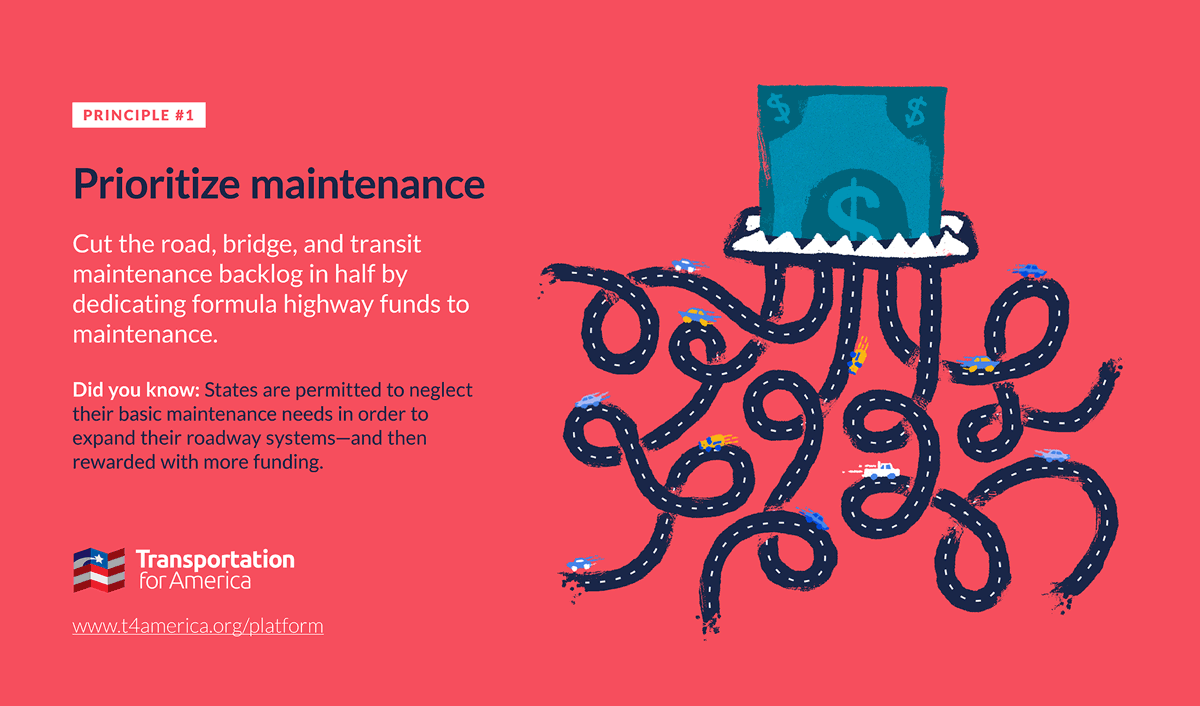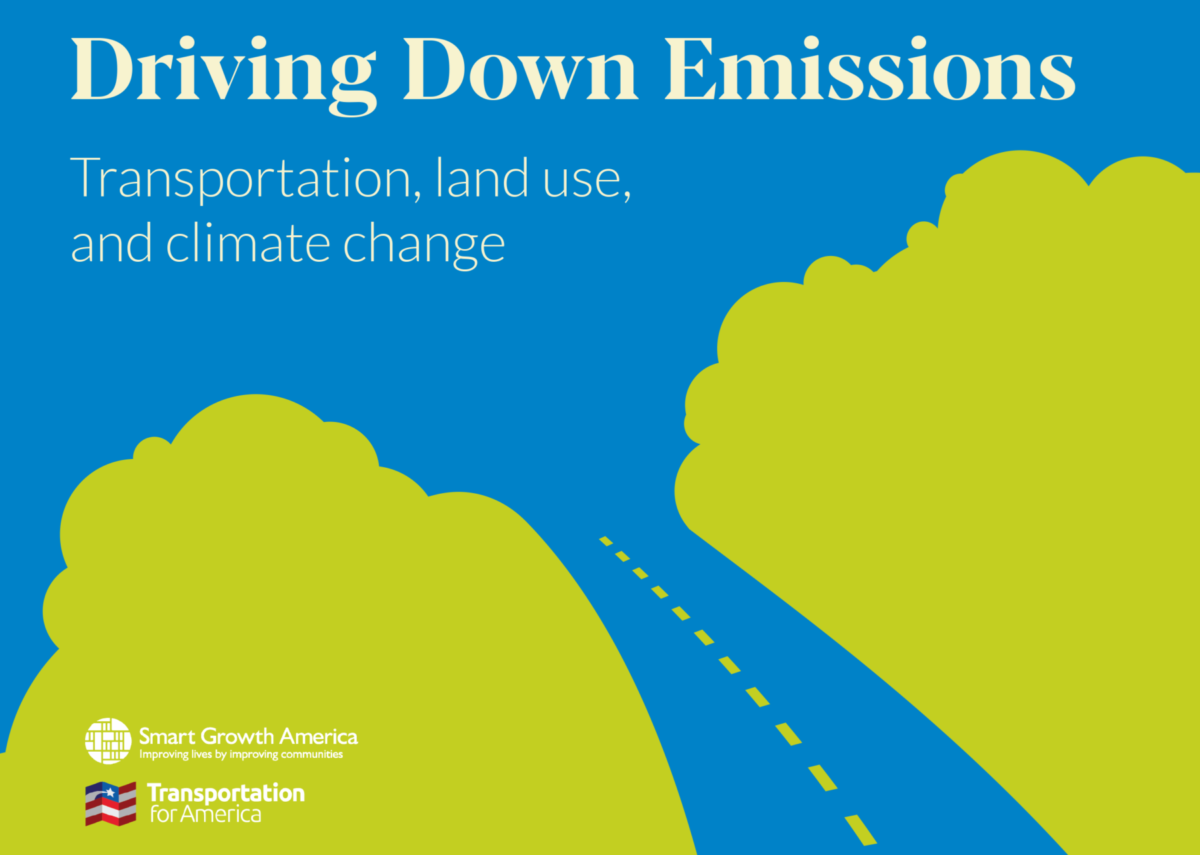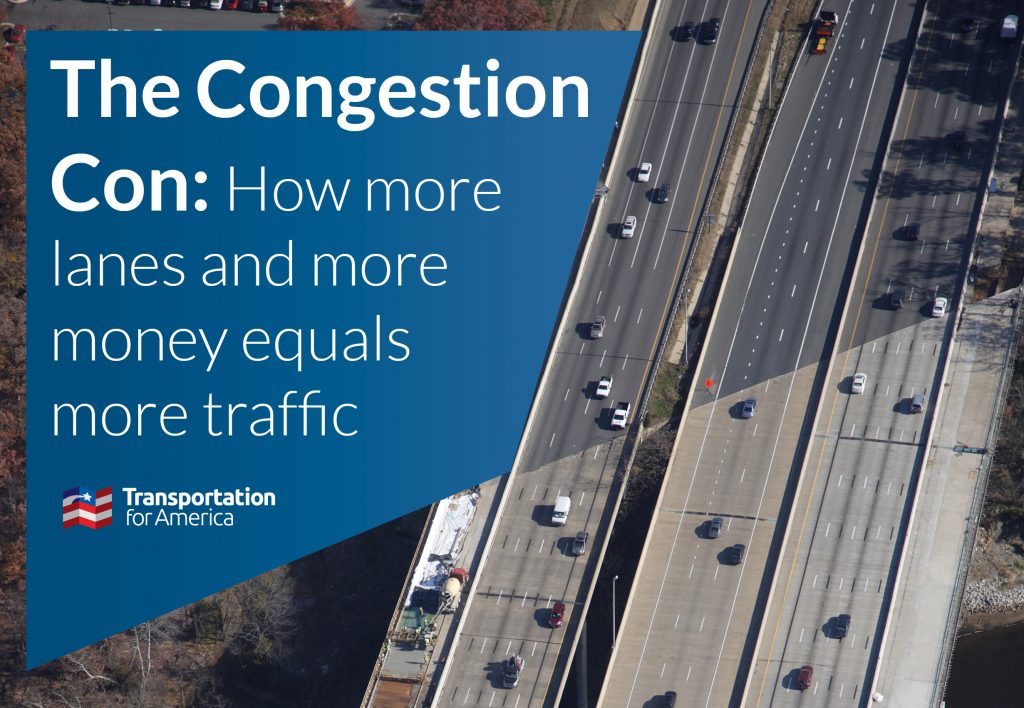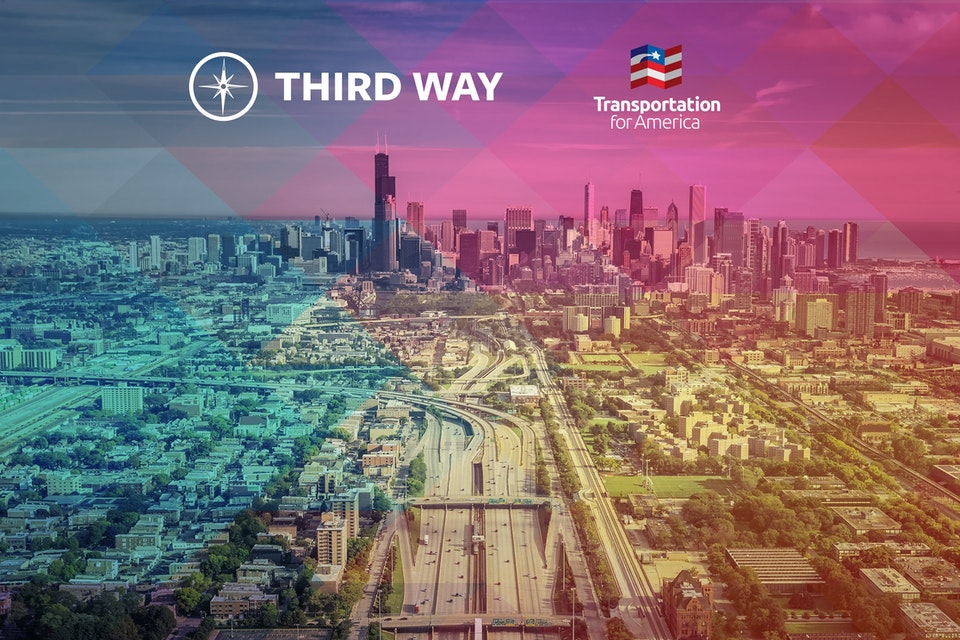Posts Tagged "IIJA"
It’s nearly impossible to understand how our tax dollars are spent on transportation
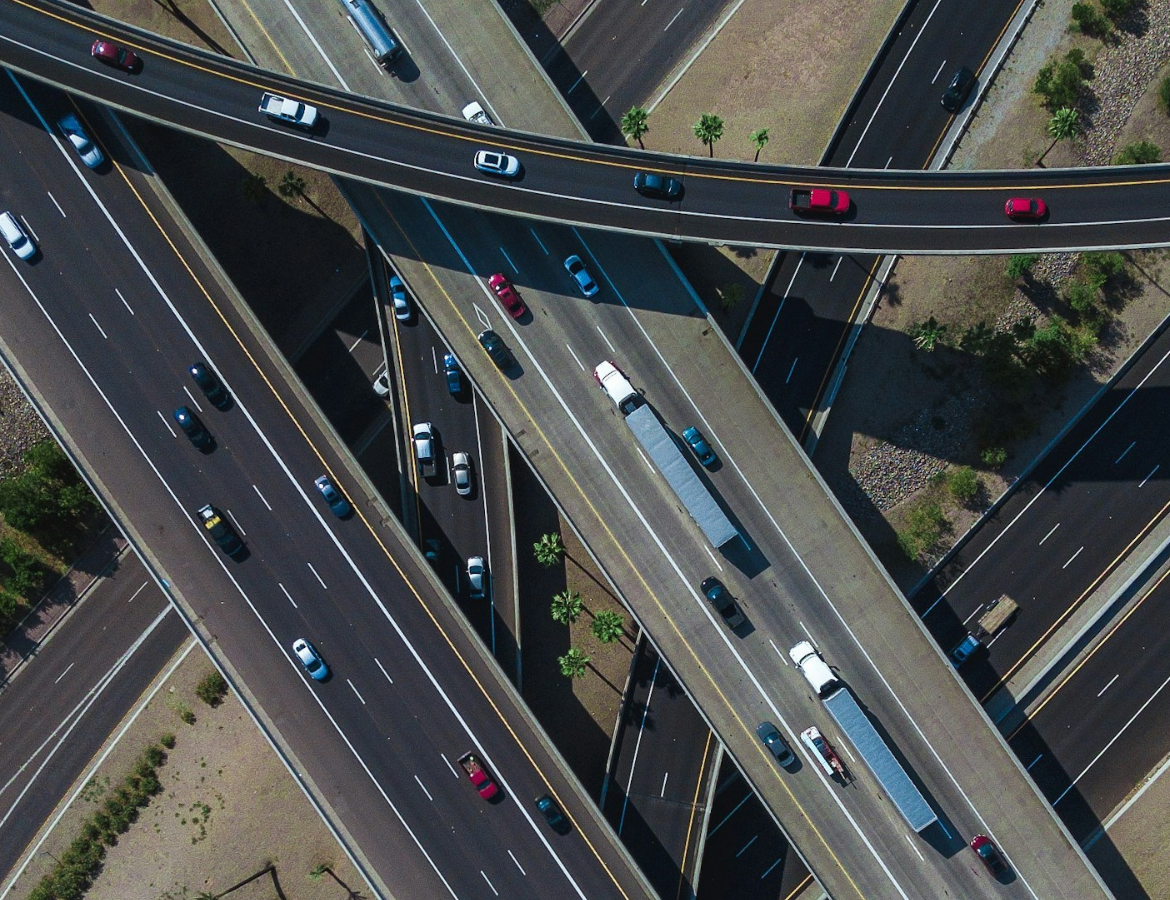
T4America used artificial intelligence to find out how states are spending money from the Infrastructure Investment and Jobs Act (IIJA). Two findings are clear: More money alone will still fail to produce change, and it’s far too complicated to figure out where our transportation dollars are going.
The IIJA is a climate time bomb. Will states defuse it?

Despite the transportation sector being the biggest emitter of U.S. greenhouse gasses, our AI-powered analysis of over 57,000 infrastructure law-funded state projects shows that over a quarter of the law’s formula dollars are funding highway expansion projects that will drastically increase emissions. Will states reverse course with the last two fiscal years of funding?
Inverting the IIJA’s double standard
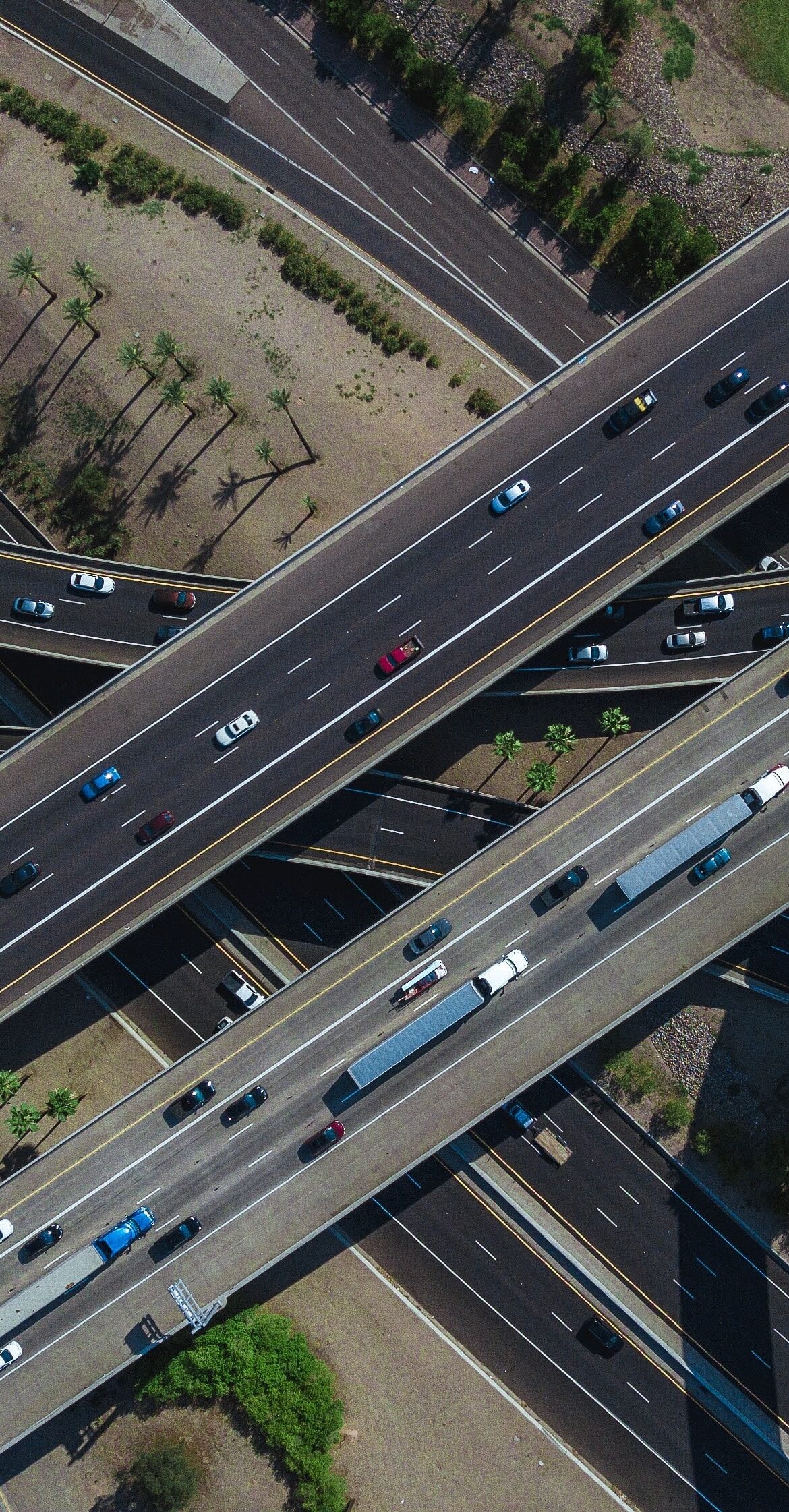
The IIJA and IRA are hailed as landmark pieces of climate legislation. Unfortunately, by prioritizing the status quo of flexibility and formula status for highway projects, the IIJA is set to see the gains of any individual emissions-reducing projects go up in smoke. When the Infrastructure Investment and Jobs Act (IIJA) was passed two years […]
Senators call on President Biden to take national approach to passenger rail

Members of the Senate are stepping up to the plate to support passenger rail service across the country. Two sign-on letters from Senator Ted Cruz (R-Texas), the new ranking member of the Senate Committee on Commerce, Science, and Transportation, urge the administration and federal agencies to do right by the national network. Senator Roger Wicker […]
The incoming Congress still has plenty of transportation work to do
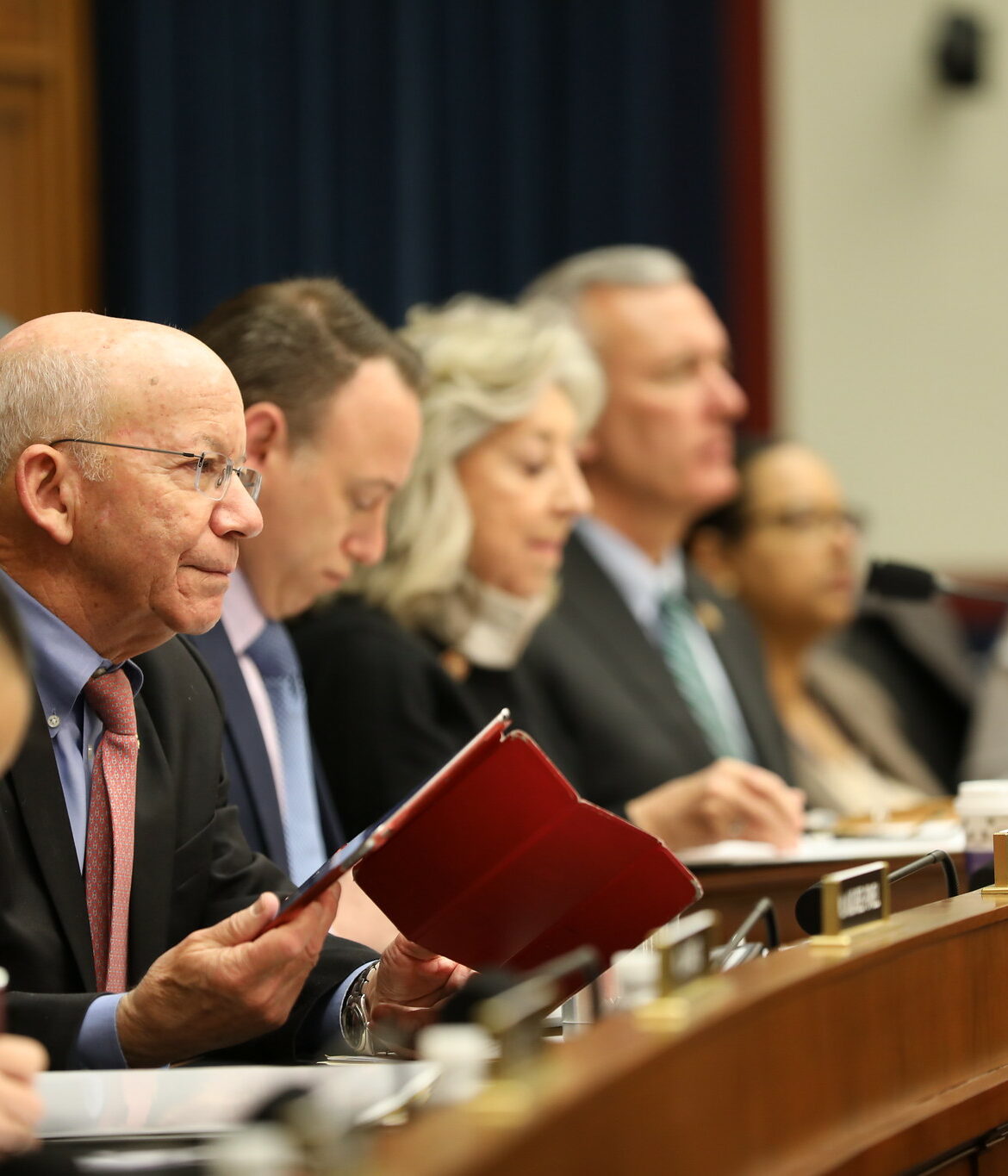
As the sun sets on the 117th Congress with the bipartisan infrastructure law under their belts, it is up to the 118th Congress to deliver meaningful oversight and leadership on implementing those funds and guide the future of America’s transportation system.
Watch our webinar: How to Reconnect Communities
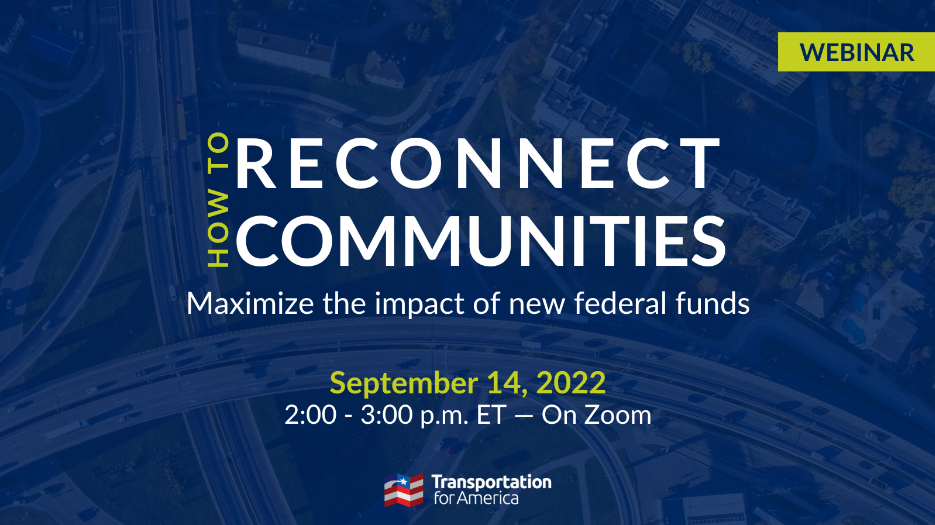
On Wednesday, September 14 at 2:00 p.m. Eastern join us to learn how to maximize the impact of the new Reconnecting Communities Program.
The half-promise of the Carbon Reduction Program
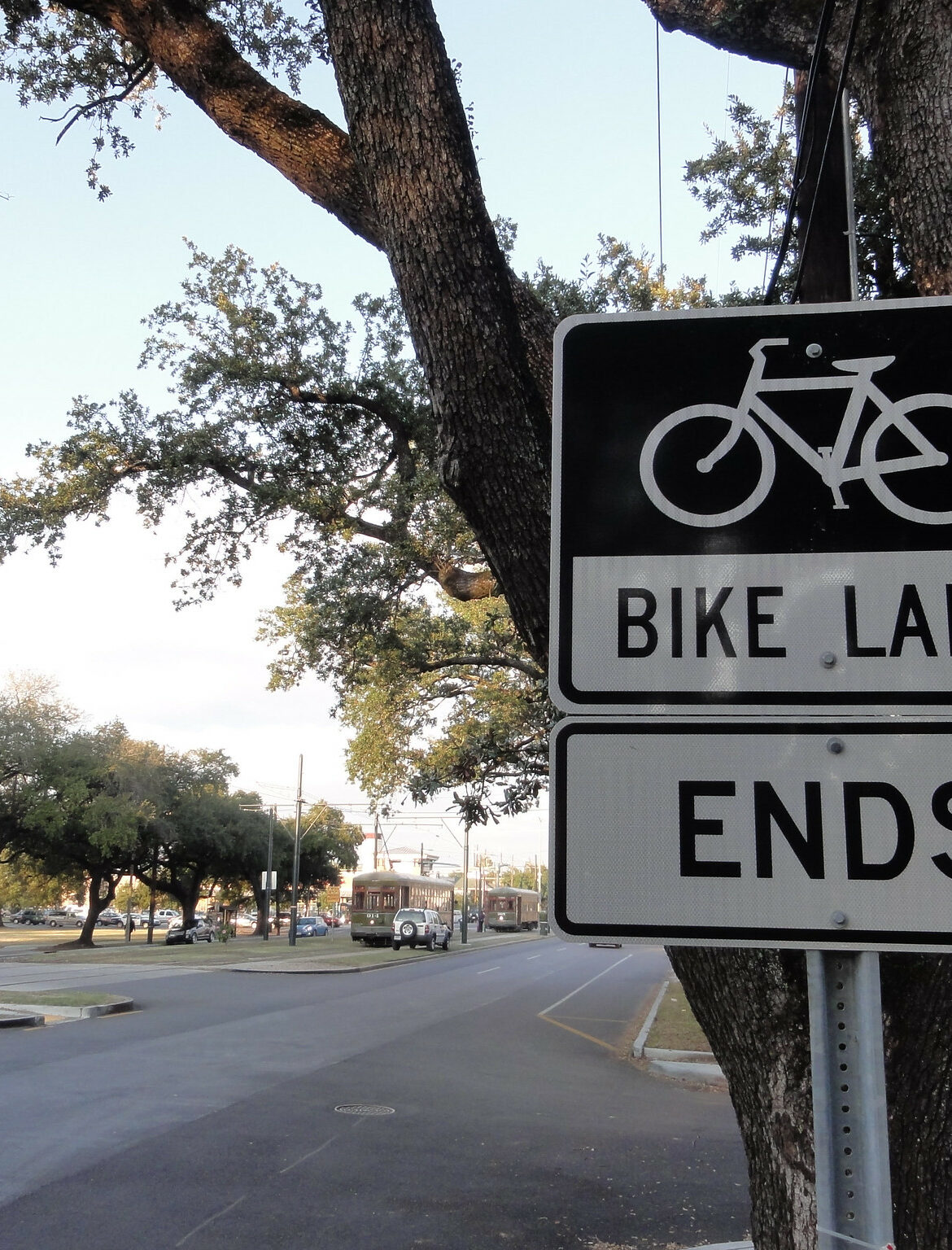
The Carbon Reduction Program (CRP), a new formula program released by the Federal Highway Administration (FHWA), provides states with $6.4 billion over 5 years for projects and strategies to reduce carbon emissions. However, thanks to a costly loophole, the program could end up making emissions worse.
Reconnecting Communities: Initiating restorative transportation justice
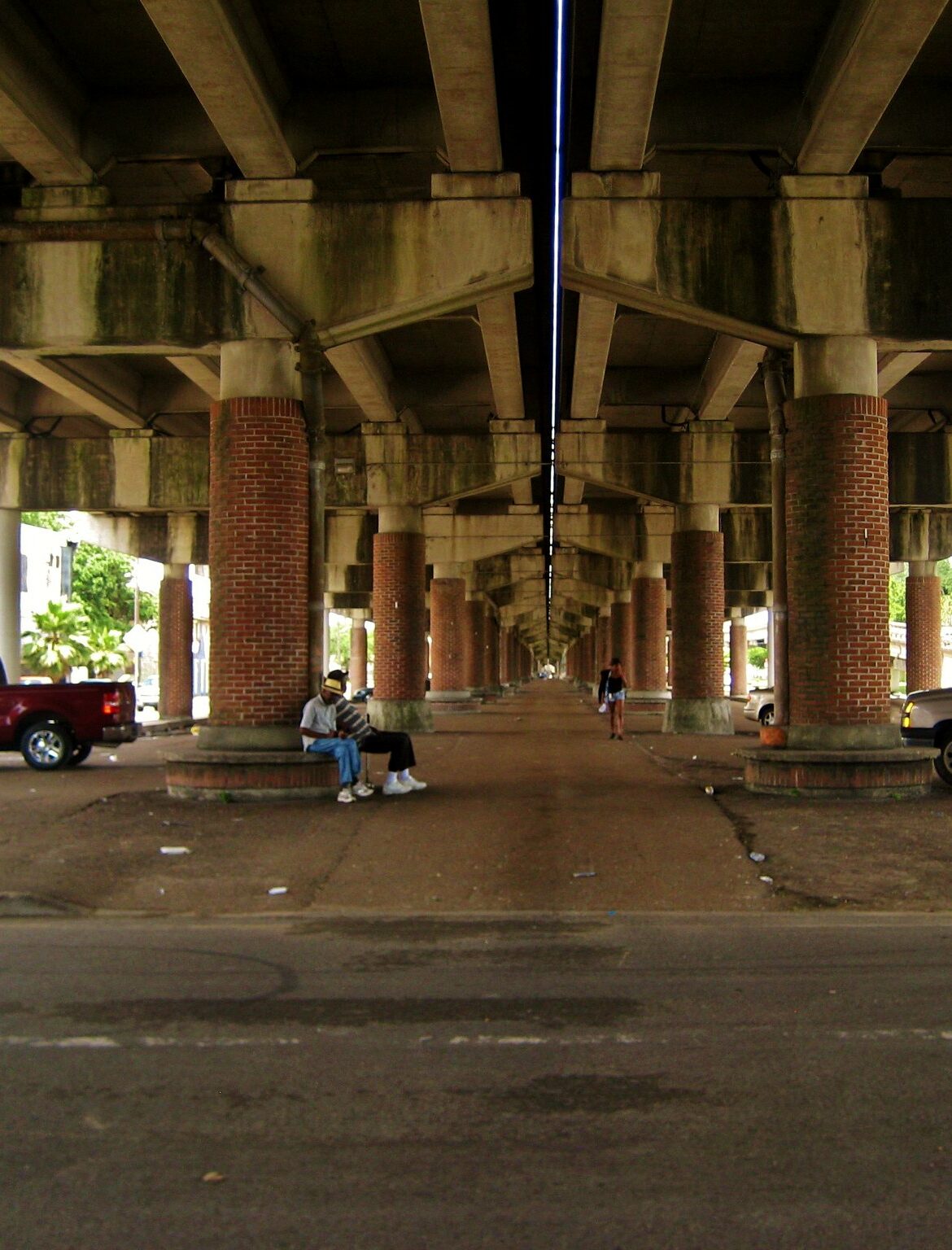
Much of the work of smart transportation focuses on playing defense against divisive infrastructure projects that would make travel more difficult for drivers and nondrivers alike. Now, communities and advocates have a small but real opportunity to go on offense and remove or mitigate harmful stretches of transportation infrastructure.
Little-known university research centers could hold the key for transportation solutions

The infrastructure law sets aside funding for university transportation centers (UTCs) to research and provide actionable recommendations on emerging transportation issues. However, in the face of mounting climate resiliency, equity, safety, mobility access, and state of repair concerns, are UTCs poised to meet the moment?
What’s missing in the new rule for EV chargers?
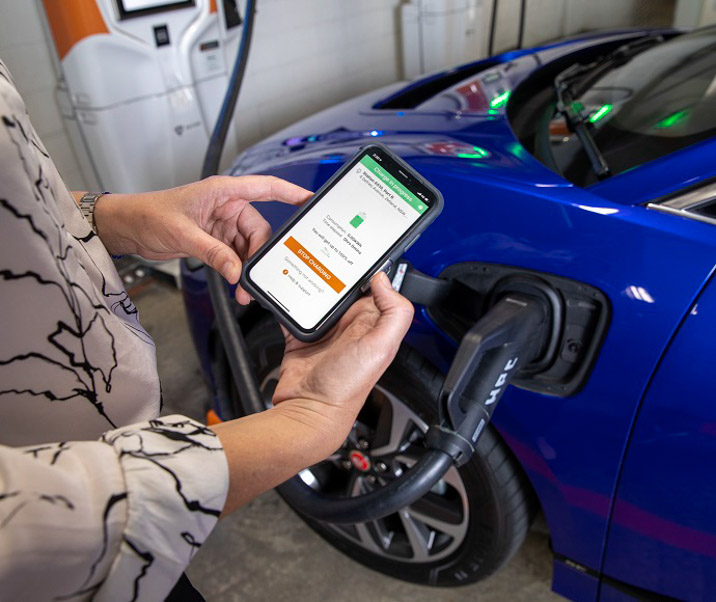
The Infrastructure Investment and Jobs Act (IIJA, or just “the infrastructure law”) created the National Electric Vehicle Infrastructure (NEVI) Formula Program, a five-year formula grant program meant to establish a national network of electric vehicle charging stations. On June 9, the Federal Highway Administration (FHWA) published a Notice of Proposed Rulemaking (NPRM) on how it plans to administer this program, opening the proposed rule for public comment.
Vision Zero won’t happen without Safe Streets for All
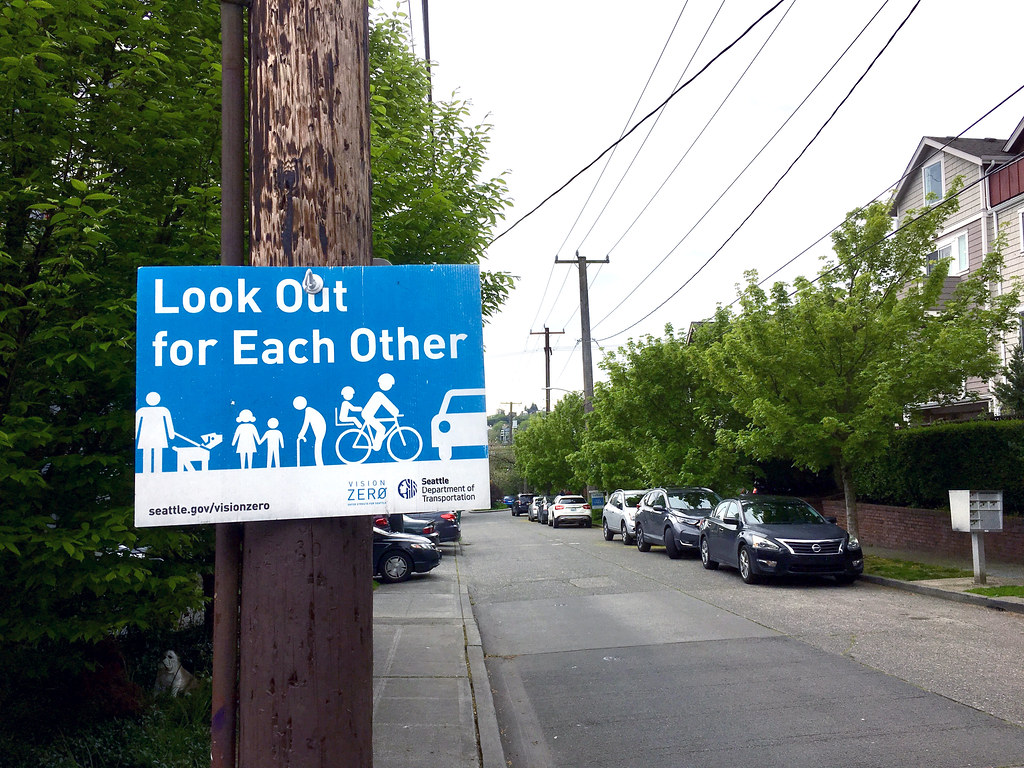
The infrastructure law created a new grant program to help communities tackle the increasing rate of roadway deaths. The Safe Streets and Roads for All program allows localities to take direct steps to improve safety for all roadway users, whether they’re setting up a Vision Zero plan or actually planning, designing, and constructing street safety improvements. Funding is available now.
The infrastructure law wasn’t perfect, but now it’s reality
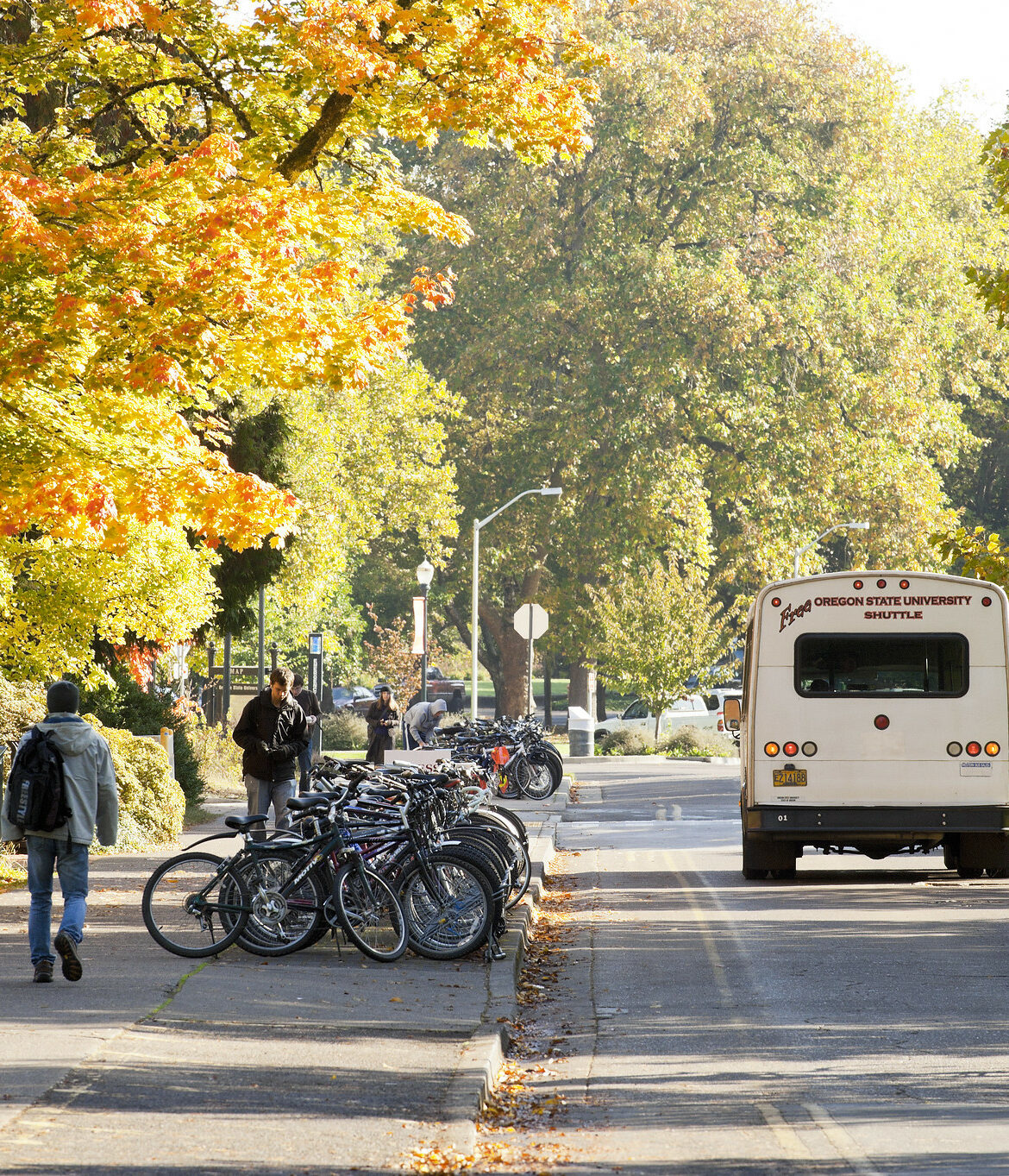
Focusing on whether the infrastructure law was “good” or “bad” will fail to shape how its historic cash is spent over the next five years. That’s precisely why T4America is pressing on to enable USDOT, states, metro areas, and local communities to maximize the potential of this flawed legislation.
We need a new approach to transportation: T4A’s efforts to get there
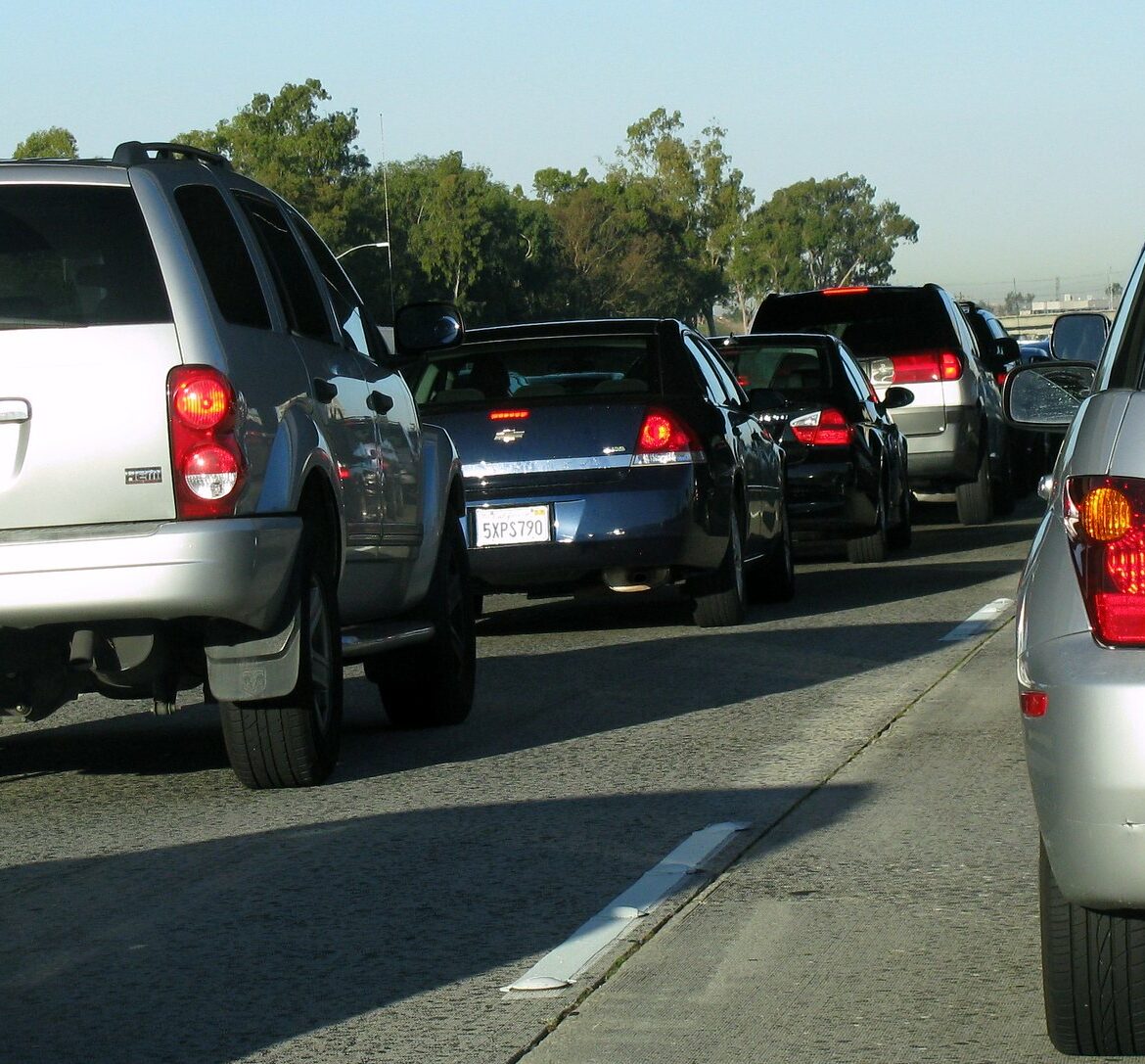
Six months into 2022, a lot’s been accomplished on the implementation of the 2021 infrastructure law, but there’s still a long way to go.
Justice40 “benefits” could mean more emissions, worse health outcomes in disadvantaged communities
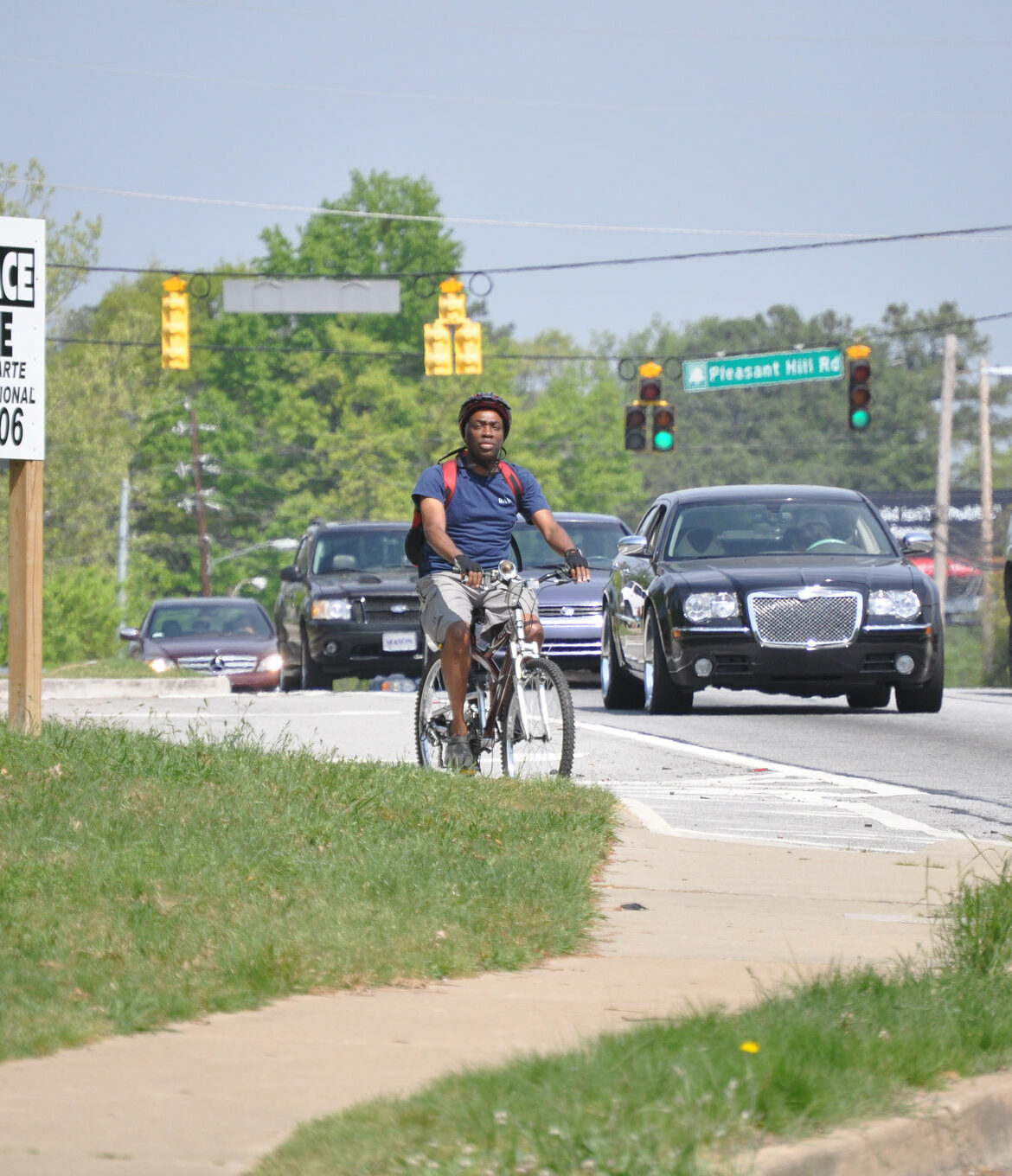
In President Biden’s first weeks in office, he established an environmental justice initiative called Justice40, which aims to direct benefits from federal investments to disadvantaged communities. Today, the administration is working on more specific guidance on how Justice40 should be applied, which will determine how effective this effort will be.
Getting to equitable outcomes in the infrastructure law
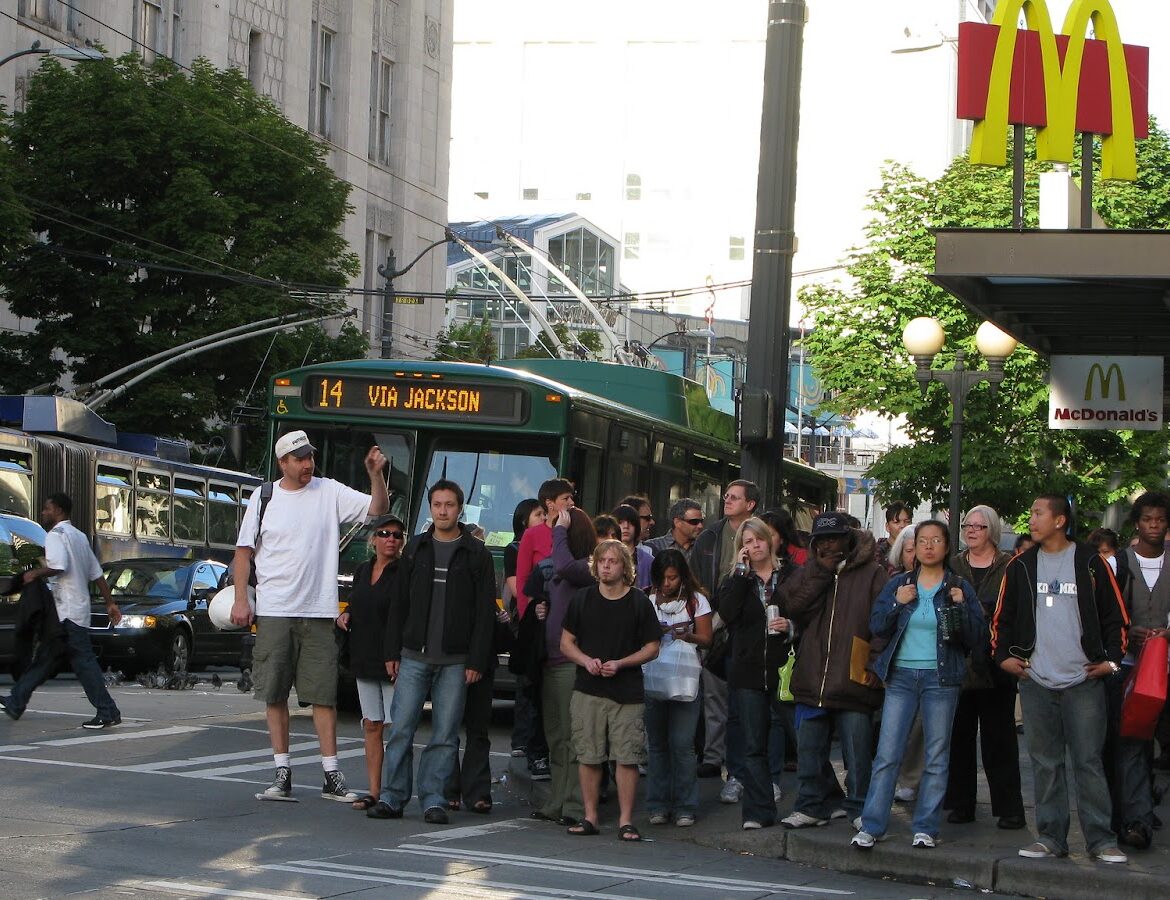
Despite the rhetoric, the infrastructure law falls well short of truly addressing the decades of harm our transportation system has inflicted on marginalized communities, and could even exacerbate existing inequities. However, it does provide some notable opportunities to restore and invest in these communities’ infrastructure needs.
USDOT and Congress: Taking sides but not talking about implementation
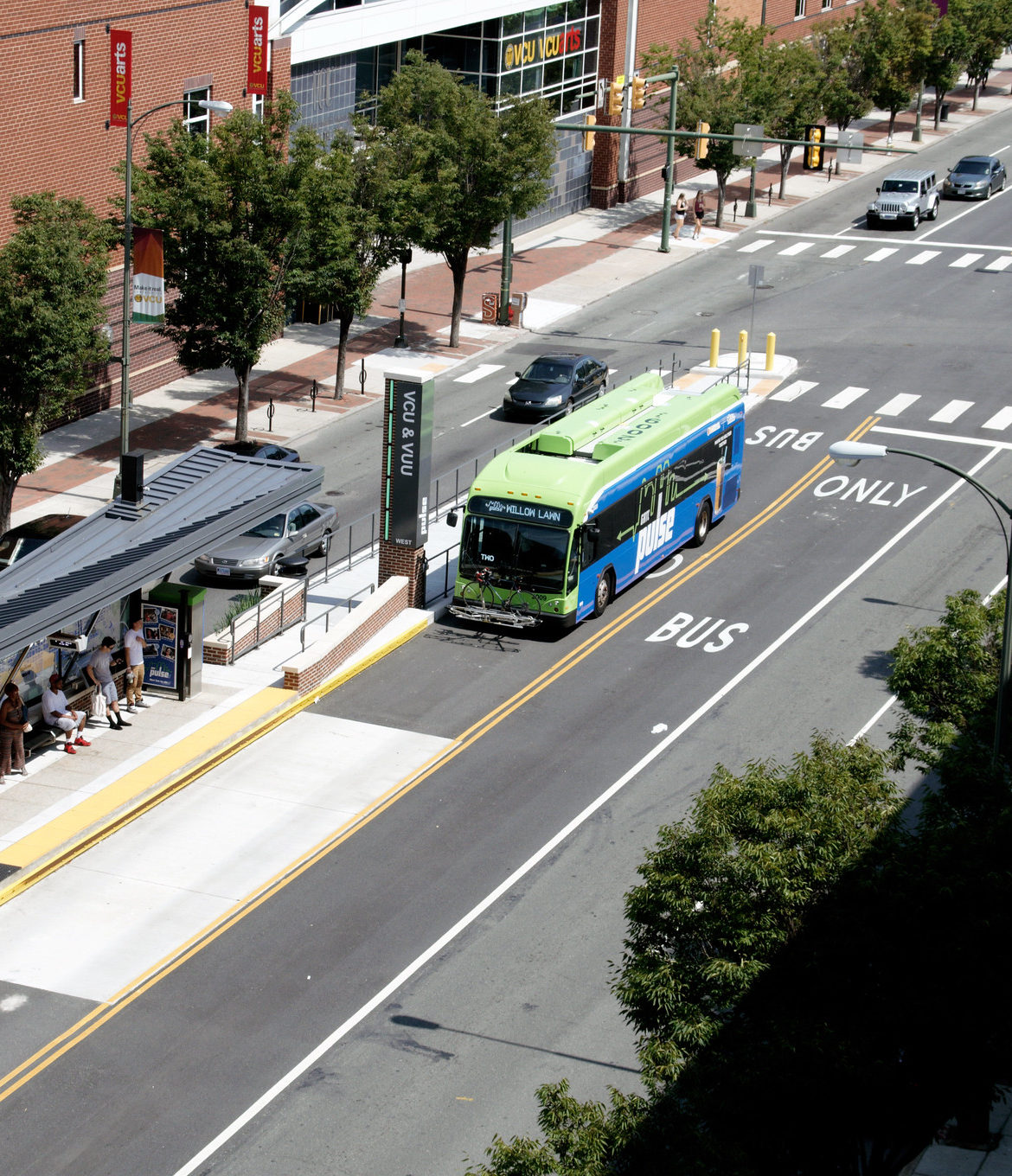
If we’re going to ensure that the historic amount of transit funding in the infrastructure law actually results in good, usable, high quality transit that improves access to jobs and services, Congress is going to need to do a better job of oversight and thinking through the very real and difficult issues at hand for transit, not just arguing about whether or not transit is a vital part of transportation and mobility in communities small and large.
Developing a workforce to get the most out of the infrastructure bill

Workforce recruitment and retention issues that plagued the transportation industry long before the pandemic now threaten the industry’s ability to implement and get the most out of the 2021 infrastructure bill. Though there are workforce development programs in the infrastructure bill, the administration still needs to take action to make these programs a reality.
Pro-tip: Invest in the solution, not in the problem
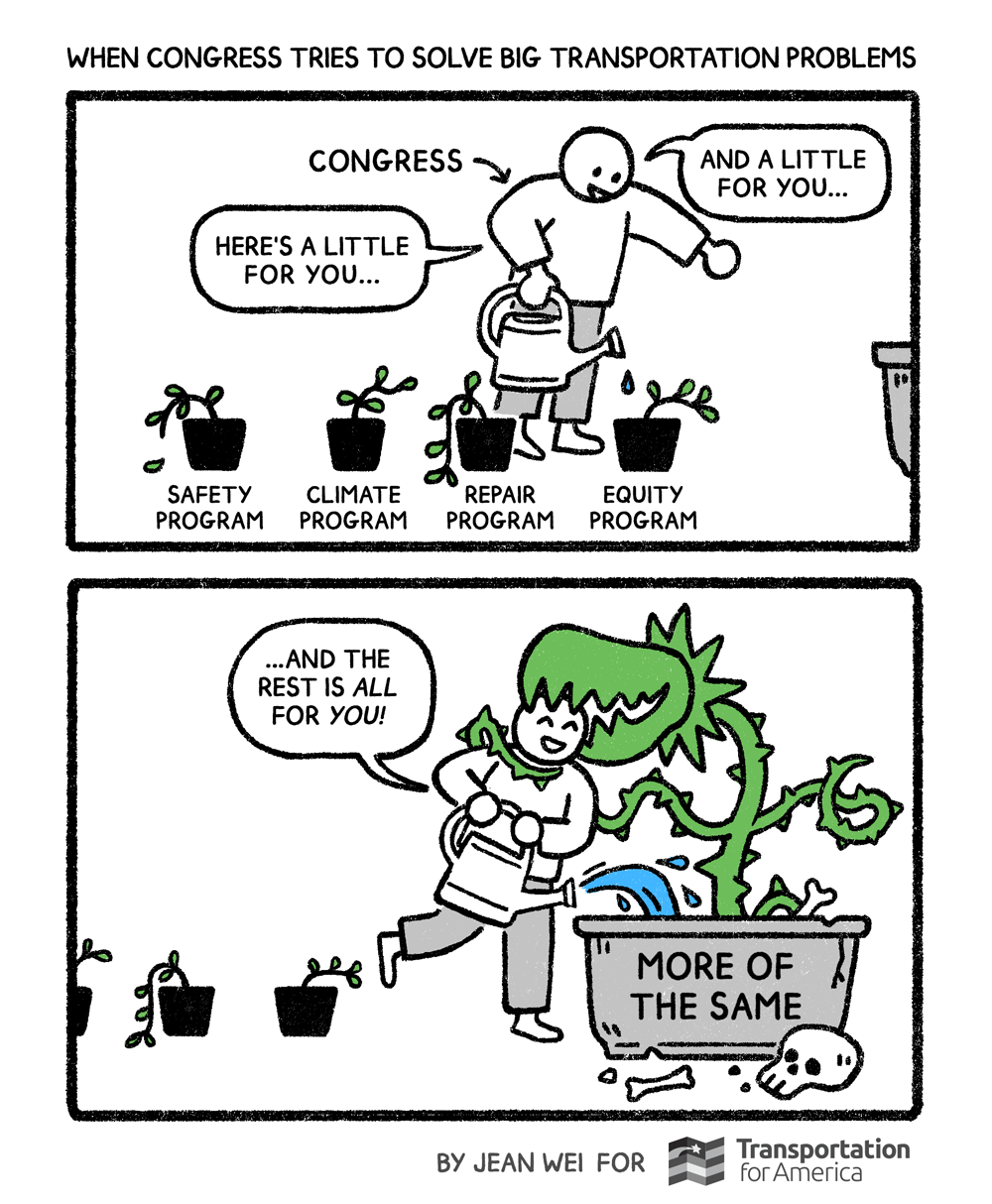
Congress and states love to create small, discrete programs to solve big transportation problems. They do not like to stop the types of investments that are causing the problems, even when far more money is perpetuating the issues those new programs are meant to solve. With historic amounts of infrastructure funding headed into states’ hands even as streets are growing more dangerous and we urgently need environmental solutions, it’s time to change that strategy.
The infrastructure law and boosting access to jobs and services

The ultimate point of transportation spending should be to connect people to jobs and services. But that’s not what we primarily use as a measure of success and the new infrastructure law maintains the status quo of focusing on moving vehicles quickly as a (poor) proxy for access. This means that, absent some changes that USDOT can still make, states and communities will need to make the most of the flexibilities within the infrastructure law to advance multimodal access to jobs and services.
Everyone agrees that repair is important. No one is willing to require it
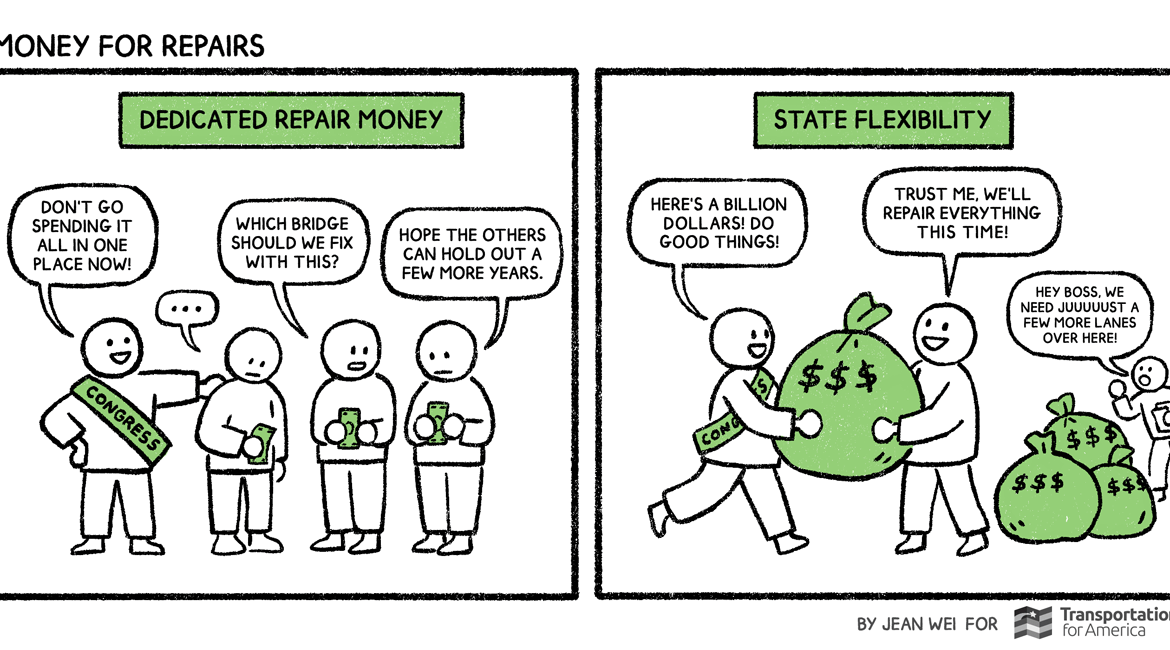
Despite a fundamental lack of understanding by some members of Congress about the program they’re responsible for overseeing, the law sets states free to spend their federal transportation cash on eligible expenses, however they see fit. Our repair needs will never get addressed until we change this approach. Every time that we’ve polled voters over […]





